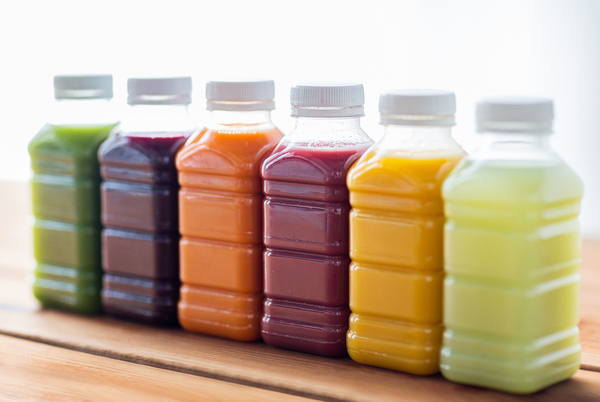Consumers want fresh, natural, less-processed food choices now more than ever before. Fortunately, innovations in alternative processing techniques such as high pressure processing (HPP) as well as innovations in food packaging design make it possible for many food and beverage manufacturers to accommodate growing consumer demand.
The U.S. is the largest manufacturer and consumer of HPP products. In fact, the value of HPP products in the North American market is projected to reach about $14 billion annually by 2018.
The explosive growth of the HPP market has come with some significant advantages as well as a few challenges. How can your brand reap the advantages of HPP and mitigate some of the challenges it presents?
How High Pressure Processing Works
HPP is a process whereby foods, outside or inside packaging, are placed in a chamber and exposed to extraordinarily high pressure. Packworld.com explains: "This pressure destroys microbiological cells and protein in the form of enzymes, which are the major causes of food deterioration. Since this process is performed without heat, it preserves desirable characteristics such as nutritional value, color, texture, aroma, and flavor. The result is a shelf stable product similar to those provided by other processes such as retorting (canning) and aseptic processes."
Check out this short video from a manufacturer of high-pressure chambers that explains the process simply:
Potential HPP Challenges for Food and Beverage Manufacturers
While HPP enables manufacturers to offer a fresher, more natural alternative to other ways of processing, HPP does come with some potentially thorny problems. One such problem involves the moisture content of packaged food items. Manufacturers who use HPP must determine whether the finished product will maintain textural integrity. Textural integrity can be preserved as long as manufacturers learn how to balance pressure exposure properly for each product type.
For foods processed in high-pressure chambers sans packaging, manufacturers must find acceptable ways to transfer the product into packaging without the risk of contamination or a reduction in seal integrity. For instance, HPP systems can be used for pumpable products like baby food, guacamole, or fruit juices and purees that can later be packaged using a clean process. In this case, manufacturers may want to consider flexible packaging options.

Juice is a common product packaged with HPP techniques.
The larger challenge for manufacturers may be processing in-package. The PackWorld article continues: "As with any process, the package design must include shelf life requirements based on deterioration factors of the food. Since HPP-processed foods are processed to provide fresher properties than typical thermally processed foods, material selection and shelf life design will be different and tend to include high-barrier packaging options. Semi-rigid packaging such as trays or cups with flexible lidding are an option for batch processed foods, but if the process is to take place in-package, at least one component of the packaging must be able to have flexibility with regard to pressure. Rigid packaging such as glass or metal is not suitable for in-package HPP processing."
The Bottom Line
High pressure processing enables food and beverage manufacturers to meet consumer demands for fresh, less-processed food items with longer shelf life. HPP is also proving to be an environmentally friendly choice, which appeals to both manufacturers and consumers.
For these reasons, it seems likely that the HPP market will continue to grow. Thus, manufacturers may profit by exploring ways to expand the use of HPP technology for their products.
Are you thinking of making a change in your food packaging design? If so, contact PKG today to begin a conversation about where you are headed with packaging design and how PKG can help you get the packaging results you want.
 |
 |







